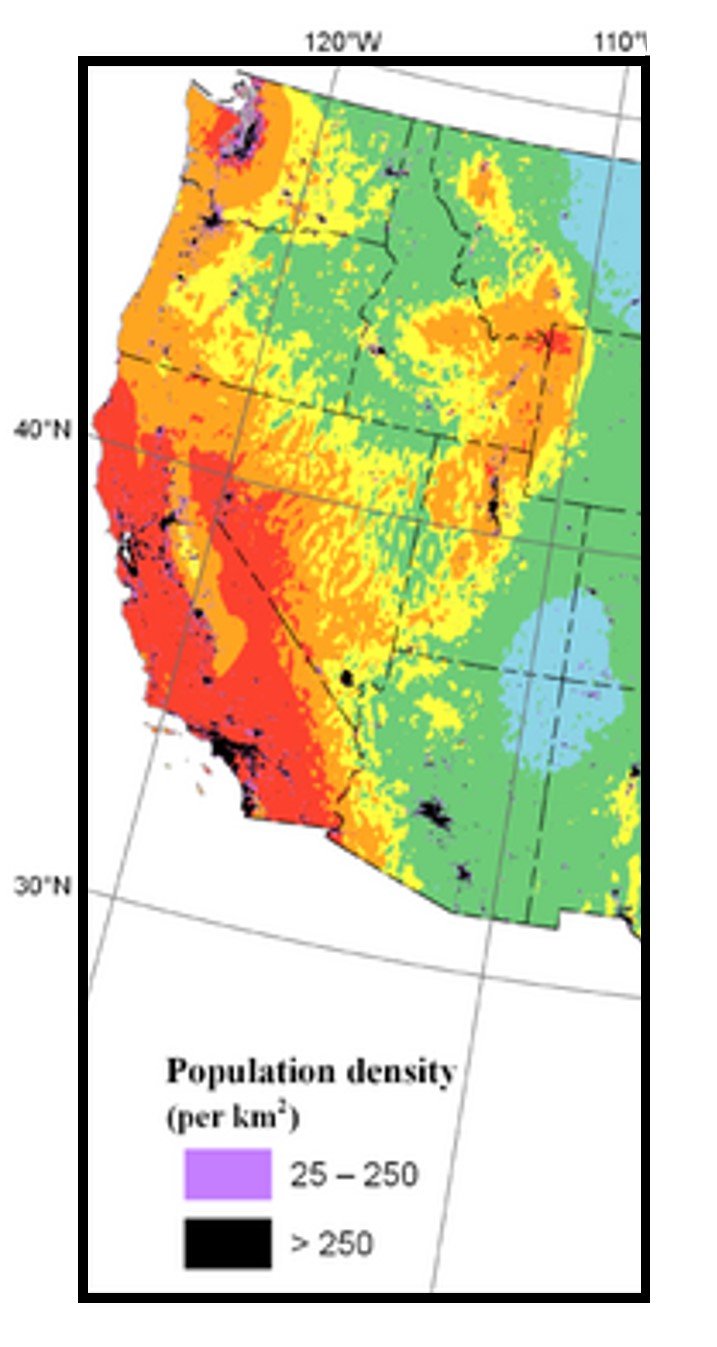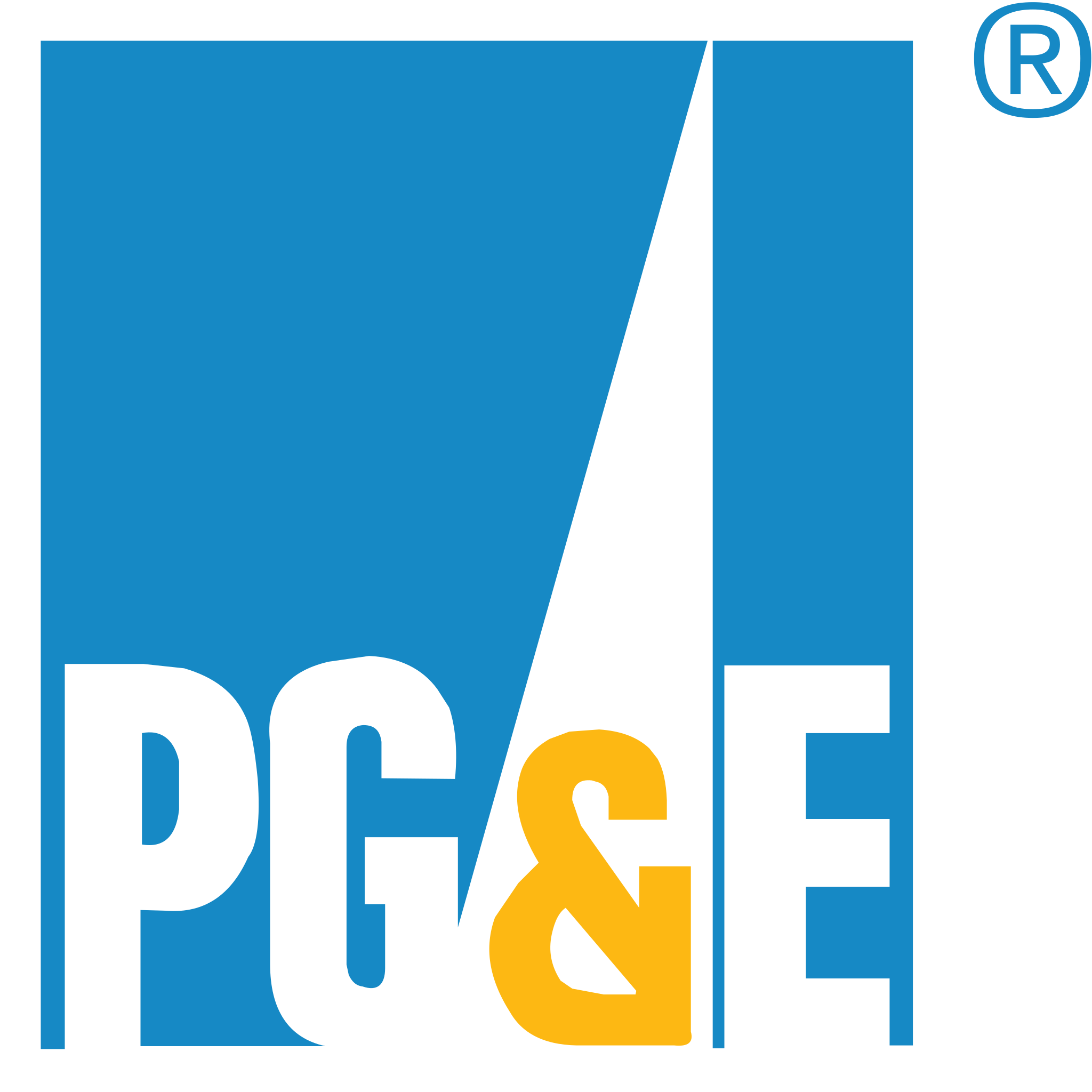Natural Hazards Risk and Resiliency Research Center (NHR3)
Next Generation Attenuation For Shallow Crustal Events: NGA-West3
Figure 1. USGS map showing (1) the locations of major populations and (2) the chance of slight (or greater) damaging earthquake shaking occurring in 100 years.
Courtesy: United States Geologic Survey, National Seismic Hazard Map 2023
The University of California has committed to a major research initiative with multiple sponsors to carry out a multi-disciplinary, multi-year research program to update the Next Generation Attenuation (NGA) models for shallow crustal events in active tectonic regions, such as the Western US (WUS). This NGA-West3 (NGA-W3) project follows-up on, and extends, work completed in the previous programs, NGA-West2 and NGA-West, which resulted in major advances in seismic hazard estimation worldwide.
As part of the new NGA-W3 program, comprehensive databases of ground motions recorded in crustal events worldwide are expanded and updated. Various intensity measures will be computed and examined including peak ground motions, response spectral ordinates, Fourier amplitude spectra, among others. Moderate to large magnitude international data will be compiled. In the WUS, recorded motions as low as magnitude 4 will be collected and processed for modeling. The plan is to also collaborate with physics-based simulation groups to investigate details of source, path and site effects.
The results of this program are expected to be of great interest to the earthquake engineering community, as it is expected that the updated databases and improved models will be used by various agencies for seismic hazard analysis.
Throughout the project there will be multiple public workshops to solicit feedback and advice from various stakeholders and end-users of the databases and models. All earthquake engineering professionals and academics are encouraged to follow the progress of the NGA-W3 program and participate in these workshops. At the conclusion of the program, the Natural Hazards Risk and Resiliency Research Center (NHR3) will run an active dissemination campaign to ensure that the earthquake engineering community is aware of the resulting research findings.
The deadline to develop any updated and/or new ground motion models (GMMs) is April 30, 2025. Unless more funding is secured to add new tasks and time, the initial phase of the project will need to be finished by this deadline. This web site will include any update on the schedule of the program.
The NGA-W3 program has been organized into multiple working groups (WGs) such as database, site response, collaboration with physics-based simulation groups, and GMM working group, as shown in the org chart of the program. The GMM WG has three subsets:
Development of GMMs for Western US (WUS)
Development of GMMs for regions outside the US (like Japan, Taiwan, Middle East, etc.)
Development of GMMs for “secondary” parameters such as duration, CAV, etc., given the full GMMs developed in sub-groups 1 and 2, above.
At this time, sub-groups 1 and 2 are underway. The purpose of this RFP is: Request for participation for development of “secondary” parameters (sub-group3, above).
Groups may propose more than one parameter, especially if that parameter is related to another secondary or primary parameter. However, use this template for only one at a time.
NGA-W3 has a Steering Committee responsible for coordinating various sub-groups and tasks, as shown in the org chart below.
Working Groups
The NGA-W3 is composed of multiple working groups to include:
Sponsors










